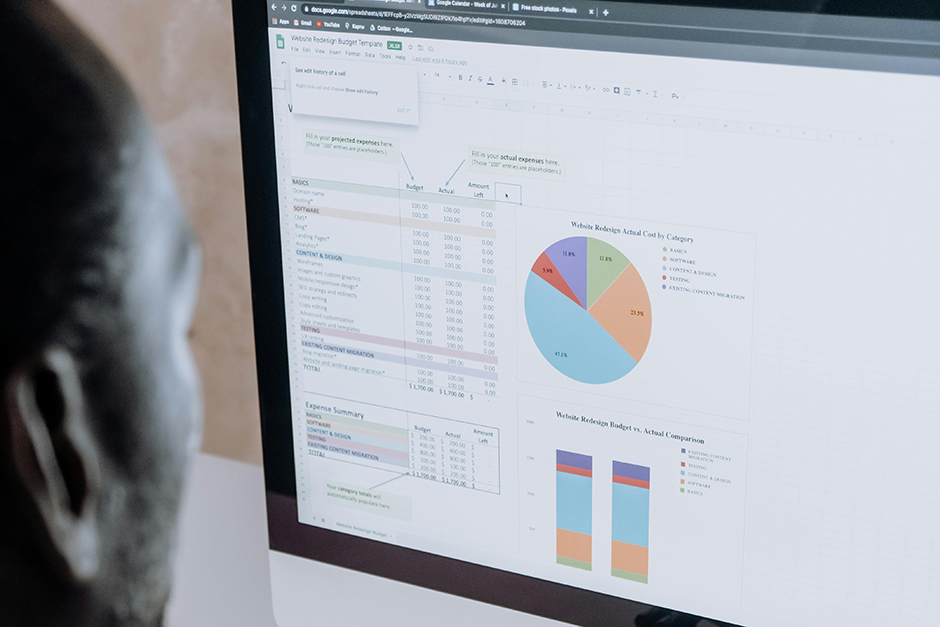Undergraduate Catalog 2023-2024 [ARCHIVED CATALOG]
Surgical Technology (A.A.S.)
|
|
Surgical Technologists are highly trained individuals qualified by didactic and clinical training to provide services in the operating room. They function in association with nurses and surgeons to help provide high-quality care of the surgical patient.
Onondaga’s Surgical Technology program was designed to fill the personnel needs of area hospitals, outpatient surgery centers, and surgeon’s offices for Surgical Technologists. The demand locally and nationally for trained Surgical Technologists is robust. This is a high energy career path that keeps one learning new concepts and working as a crucial part of the surgical team.
The Surgical Technology program includes clinical experiences in the hospital and outpatient surgery centers in Syracuse and its surrounding areas.
Mission Statement
To provide a high level, comprehensive didactic and clinical experience to individuals with the desire to become Surgical Technologists. In doing this we will provide well-rounded, employable individuals to hospitals both locally and across the country.
Program Learning Outcomes
Program Goal: To prepare competent entry-level Surgical Technologists in the cognitive (knowledge), psychomotor (skills), and affective (behavior) learning domains.
- The student will demonstrate cognitive (knowledge, critical thinking) behaviors appropriately to function as an entry-level Surgical Technologist.
- The student will demonstrate adequate psychomotor skills required to function as an entry-level Surgical Technologist.
- The student will demonstrate appropriate affective behaviors required to function as an entry-level Surgical Technologist.
Additional Costs
Health program fee: A $500 health program fee is linked to the following SGT courses: SGT 101 , SGT 111 , and SGT 115 . SGT 111 also incurs a Surgical Technology Accreditation Fee of $247.
Admissions Requirements
- A high school diploma or equivalent.
- Successful completion of one year of high school chemistry (must be Regents if New York State), or CHE 151 (preferred with no lab required) at Onondaga, or General Chemistry, or equivalent.
- Successful completion of one year of high school Biology (must be Regents if New York State), or BIO 151 or BIO 152 or BIO 121 (preferred) at Onondaga.
- A grade of 77 or C+ or better in high school or college courses used to meet the prerequisites.
- All students participating in clinical or laboratory courses must be able to perform all of the “Essential Skills” as outlined in this catolog.
Graduation Requirements
- SGT classroom courses (SGT 101 , SGT 102 , SGT 103 , SGT 111 ) must be completed with a grade of C or higher. SGT lab and clinical courses (SGT 103L , SGT 105 , and SGT 115 ) must be completed with a grade of B or higher.
- BIO 171 , BIO 172 , BIO 205 , and HIT 120 must be completed with a grade of C+ or higher. BIO 171 , BIO 172 , and BIO 205 must not be more than seven years old at the time of matriculation into the SGT program.
- SGT courses may be repeated only once if students fail to receive the minimum passing grade. If a student fails any one SGT course twice, they will lose matriculation in the program.
- Students must successfully complete all clinical assignments and demonstrate safe, proficient entry-level skills, professional judgement, and integrity.
- Students must successfully complete all required courses in the SGT program prior to taking the National Surgical Technologist (CST) examination. In addition, students must complete all coursework for the SGT degree within three calendar years after starting the SGT program.
Essential Skills
A candidate for an A.A.S. degree in Surgical Technology must have the abilities and skills necessary to complete the educational requirements as defined by the national accrediting body (Commission on Accreditation of Allied Health Education Programs, CAAHEP) for national certification. The following is a representative list of the essential skills, with or without accommodation, expected for students enrolled in the Surgical Technology Program:
1. Communication Skills
- Effectively communicate with surgeons and co-workers regarding requirements and supplies for surgical procedures while all are wearing masks.
- Effectively communicate fluent directions to peers.
- Give, receive, understand, and be understood regarding relevant written, verbal, and non-verbal English feedback.
- Accurately and efficiently follow directions.
- Provide effective, legibly written directions.
2. Conceptual and Analytical Reasoning
- Effectively apply didactic knowledge in the clincal setting.
- Demonstrate the ability to analyze distinct situations and utilize critical thinking in the process of delivering safe and appropriate care to clients.
- Exercise good judgment in problem-solving.
3. Social Skills
- Effectively perform under stress.
- Demonstrate compassion.
- Develop positive, effective, and professional relationships with physicians, staff, and peers.
4. Manual Dexterity and Motor Skills
- Demonstrate a surgical scrub using standard equipment.
- Gown, glove, and mask appropriately.
- Perform surgical procedures employing sterile technique.
- Identify and pass instruments, supplies, and suture/needle combination in rooms dimly lit or very bright.
- Attach and manipulate power equipment and endoscopic cameras.
5. Physical Strength
- Assist with transferring anesthetized patients.
- Lift, move, and carry instrument trays up to 17-21 pounds.
- Stand, sometimes with little movement, for up to 4-5 hours.
- Be able to move in tight quarters for prolonged periods.
6. Observational and Sensory Skills
- React/respond to signals, alarms, and other displays indicating immediate patient need.
- Judge obstacles encountered during movement around sterile area; i.e. cords on the floor or low ceiling lights.
- Be able to immediately identify and respond to breaks in aseptic technique by anyone in the sterile area.
|


